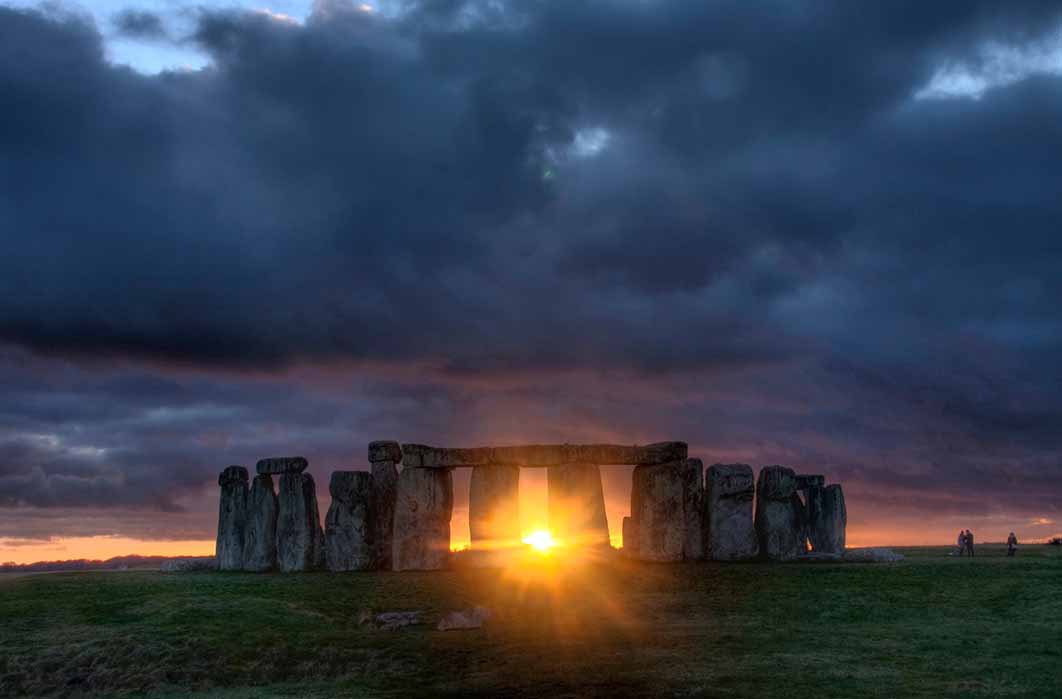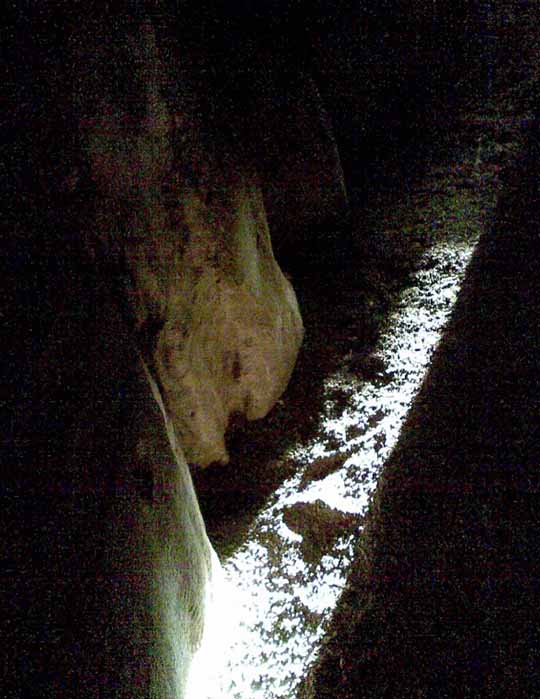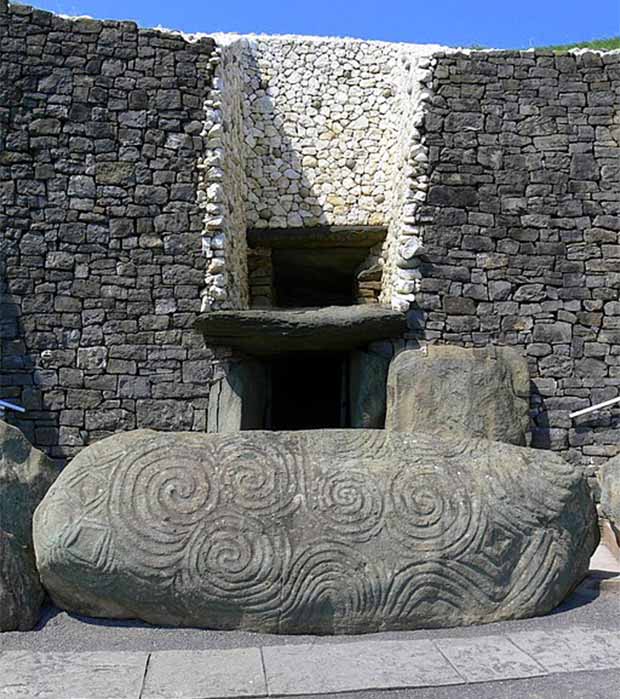
Dark Lords And Winter Queens Of Solstice
Christmas is for obvious reasons a thoroughly Christian holiday, that overlies the darkest time of the year around the Winter solstice, which is the shortest day of the year with the least light in the Northern hemisphere. The morning after the Winter solstice the light begins to return and this time was celebrated by Pagan cultures as a period of hope, new life, endless birth, death and rebirth. And because the Winter solstice was associated with new life and death a wide range of light-controlling deities emerged across ancient cultures to symbolize this momentous annual occasion.

Diagram of Earth's seasons, right: winter solstice in the Northern Hemisphere. On the left: winter solstice in the southern hemisphere. (CC0)
Solstice Science Is Really Quite Simple
Solstice science is not difficult and was practiced in Neolithic times. Vast stone built Neolithic monuments like Newgrange in Ireland, Stonehenge in England and Maeshowe in Orkney, were all aligned facing the place on the horizon where the sun rises on the solstice. This fact leads many archaeologists to conclude that these monuments and tombs served secondary religious purposes, wherein prehistoric people held rituals to symbolically capture the sun on its shortest day, to save the dying light, to assure survival.
The Winter solstice officially marks the beginning of the Winter season which ends on the Spring (vernal) equinox on March 20 or 21 in the Northern hemisphere and on September 22 or 23 in the Southern hemisphere. The Summer solstice, around 20 or 21 June, happens when the Sun reaches its highest position in the sky for the Northern hemisphere and the Winter solstice, also known as the ‘hibernal solstice, December 21 or 22, is the day with the shortest period of daylight and longest night of the year, when the Sun is at its lowest daily maximum elevation in the sky in the Northern hemisphere. Obviously, the opposites apply to the Southern hemisphere where Winter falls in June-July and Summer in December.

A single shaft of Winter solstice, dying light, penetrates the passage at the Newgrange Neolithic tomb in Ireland. (Public Domain).
When the Winter solstice occurs in the Northern hemisphere the north pole is tilted about 23°27′ from the Sun, meaning the rays at noon are directly overhead at the Tropic of Capricorn, at 23°24′ south. Then, six months later, the south pole is inclined about 23.7° from the Sun and at the moment of the solstice the Sun’s vertical overhead rays are in their northernmost position, falling vertically on the Tropic of Cancer, 23°26′north.

The entrance passage and entrance stone, through which the solstice Sun entered the tomb at Newgrange. (CC BY-SA 2.0)




